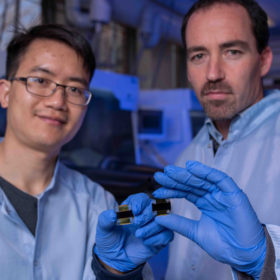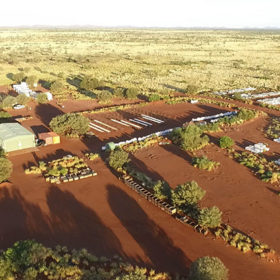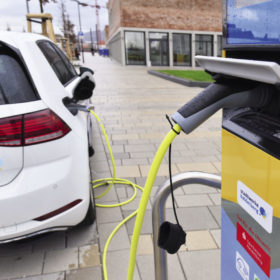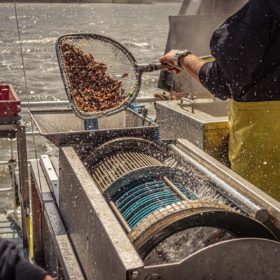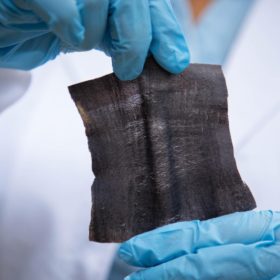ANU researchers set new perovskite solar cell record
Researchers from the Australian National University (ANU) have pushed the boundaries of solar cell efficiency by setting a record of 21.6% efficiency with perovskite cells above a certain size.
Oz Minerals set to power Outback mine with solar PV
Copper miner Oz Minerals has announced its intention to source as much power as possible for its West Musgrave Project through solar PV and wind hybrid generation. The increasing cost of fossil fuels is driving many mining companies to seek renewable alternatives.
Scientists discover photovoltaic nanotubes
An international team of researchers led by the University of Tokyo has discovered a new material which, when rolled into a nanotube, generates an electric current if exposed to light. If magnified and scaled up, say the scientists, the technology could be used in future high-efficiency solar devices.
IndianOil to produce non-lithium EV batteries
The state-run fossil fuel giant has partnered with an unnamed foreign start-up to produce electric vehicle batteries using raw materials easily available in India.
Coal Capital Newcastle switches to 100% renewables
Newcastle, NSW, home to the world’s largest coal exporting harbour, has announced a plan to source 100% of the City of Newcastle’s power from renewable generation in a move that could save ratepayers millions in energy costs.
Balancing solar with agriculture in the US Midwest
Today we have heard of farmers in Australia unhappy at the approval given for three solar projects on agricultural land and also learned the benefits PV can bring for fish and shrimp farmers. In this op-ed for pv magazine USA, Stoel Rives LLP attorneys Sara Bergan and Thomas Braun discuss the balancing act to be made between solar and agriculture in the emerging Midwestern PV market.
Shrimp and PV goes together like peas and carrots
With the benefits solar panels can bring to cropland being considered in Europe, PV and aquaculture are working in tandem in Vietnam. Shrimp and fish farming requires land and lots of water but solar panels are helping mitigate those demands.
Longi: ‘Our larger wafer must be industry standard’
The Chinese giant has argued its 166mm M6 product should be the new iteration used worldwide, even though larger products have been launched by rivals. Longi says the fact existing cell and module production lines can be adapted for the M6 means rising demand for solar worldwide can be swiftly satisfied.
Solar Victoria heeds solar industry activism, frees up 23,000 solar PV rebates
The Victorian Government has heeded solar industry and customer concerns and wrought substantial changes to the Solar Homes Rebate Program, including a significant increase in rebate allocations and a streamlining of the laborious online application portal.
A graphene-based supercapacitor that’s also…. a t-shirt?
Scientists at the Royal Melbourne Institute of Technology have developed a method for producing a ‘smart fabric’ with a supercapacitor energy storage device embedded in it. Its developers say it can be readily integrated with a solar cell or used to power wearable technology.
